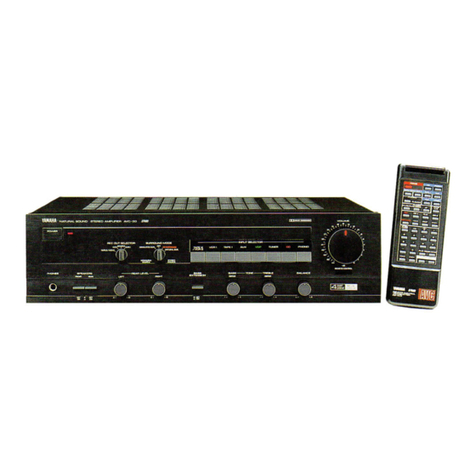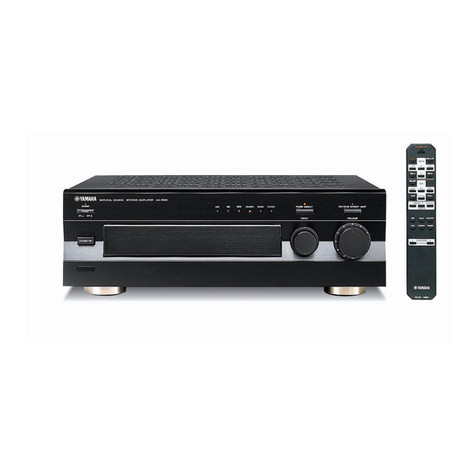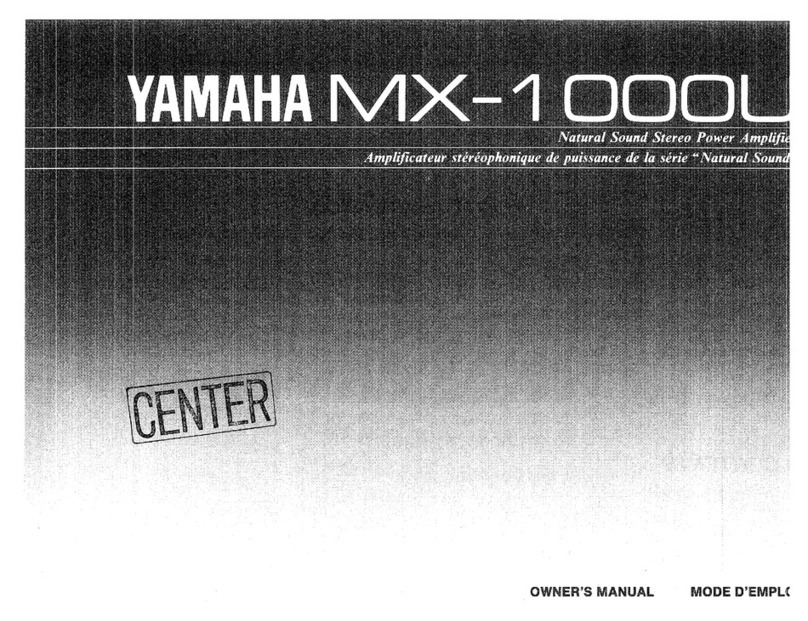Yamaha MX-55 User manual
Other Yamaha Amplifier manuals
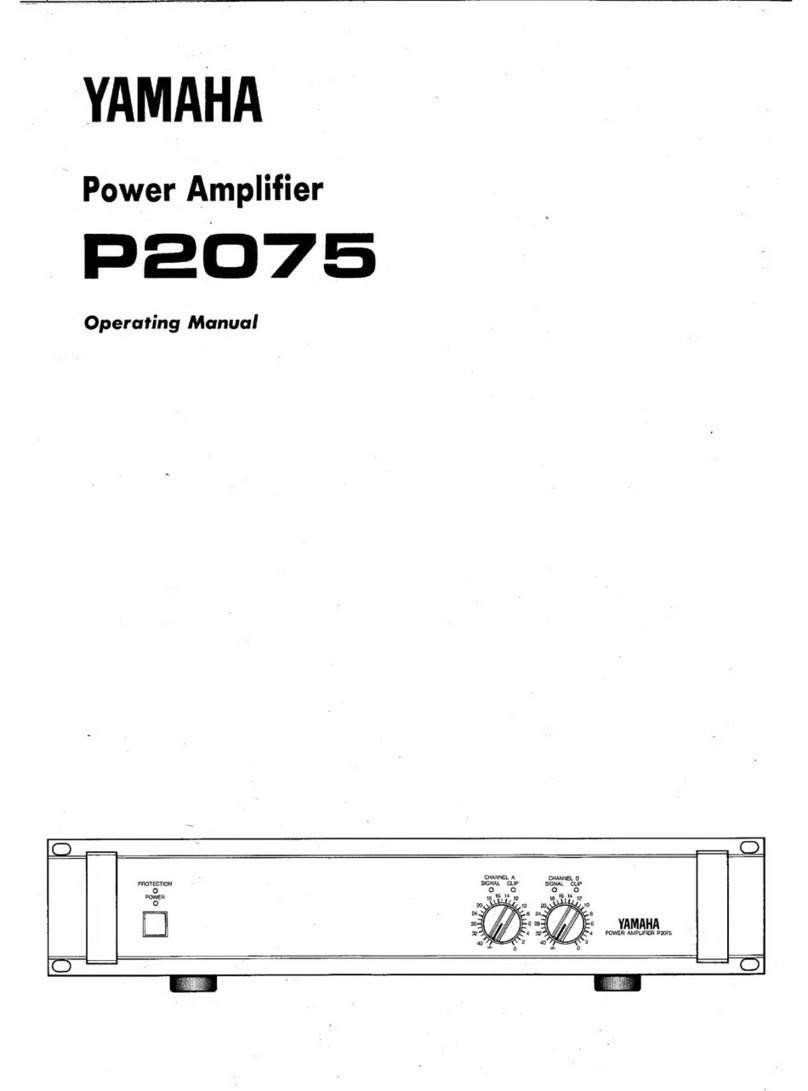
Yamaha
Yamaha P2075 User manual
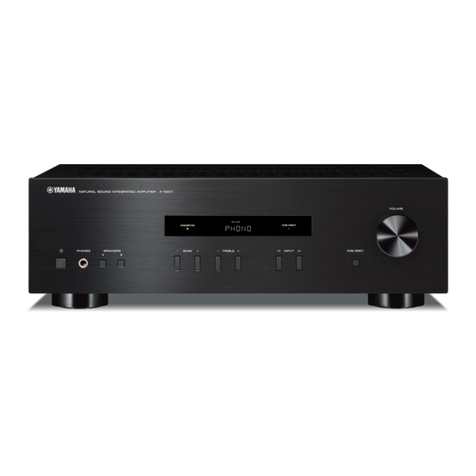
Yamaha
Yamaha A-S201 User manual
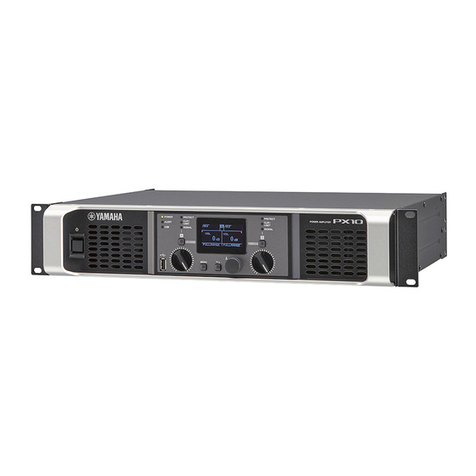
Yamaha
Yamaha PX10 User manual

Yamaha
Yamaha DSP-A2 User manual
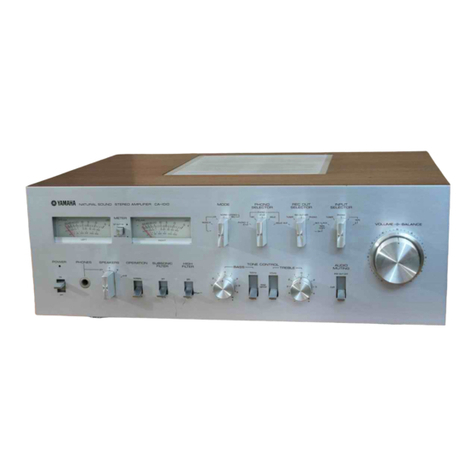
Yamaha
Yamaha CA1010 User manual
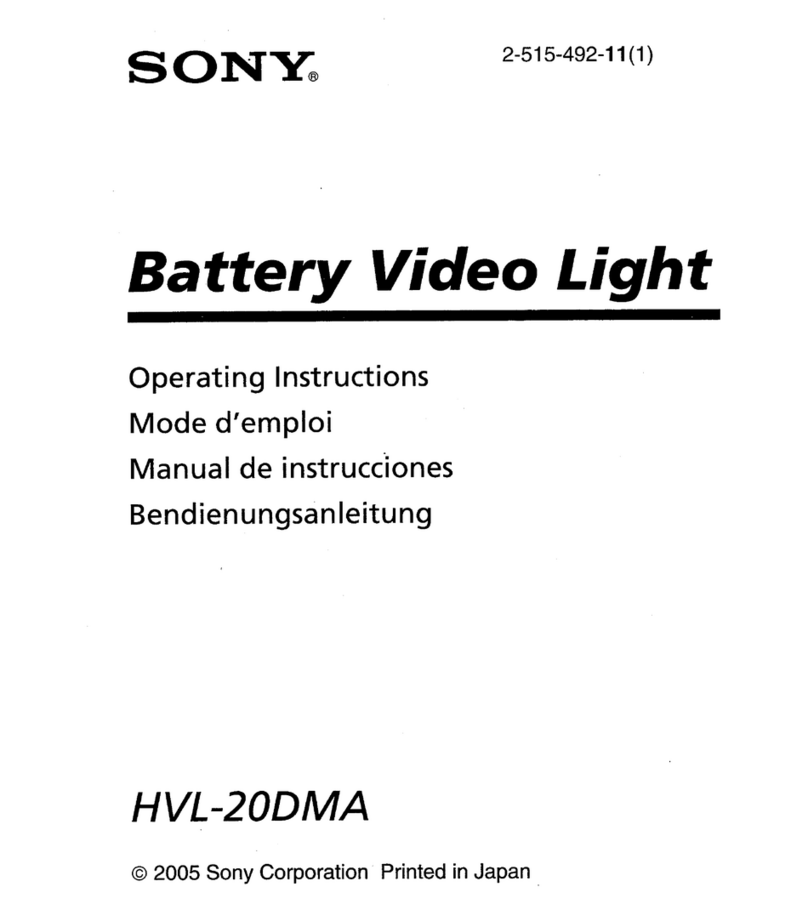
Yamaha
Yamaha A-1020 User manual

Yamaha
Yamaha DSP-A500 User manual
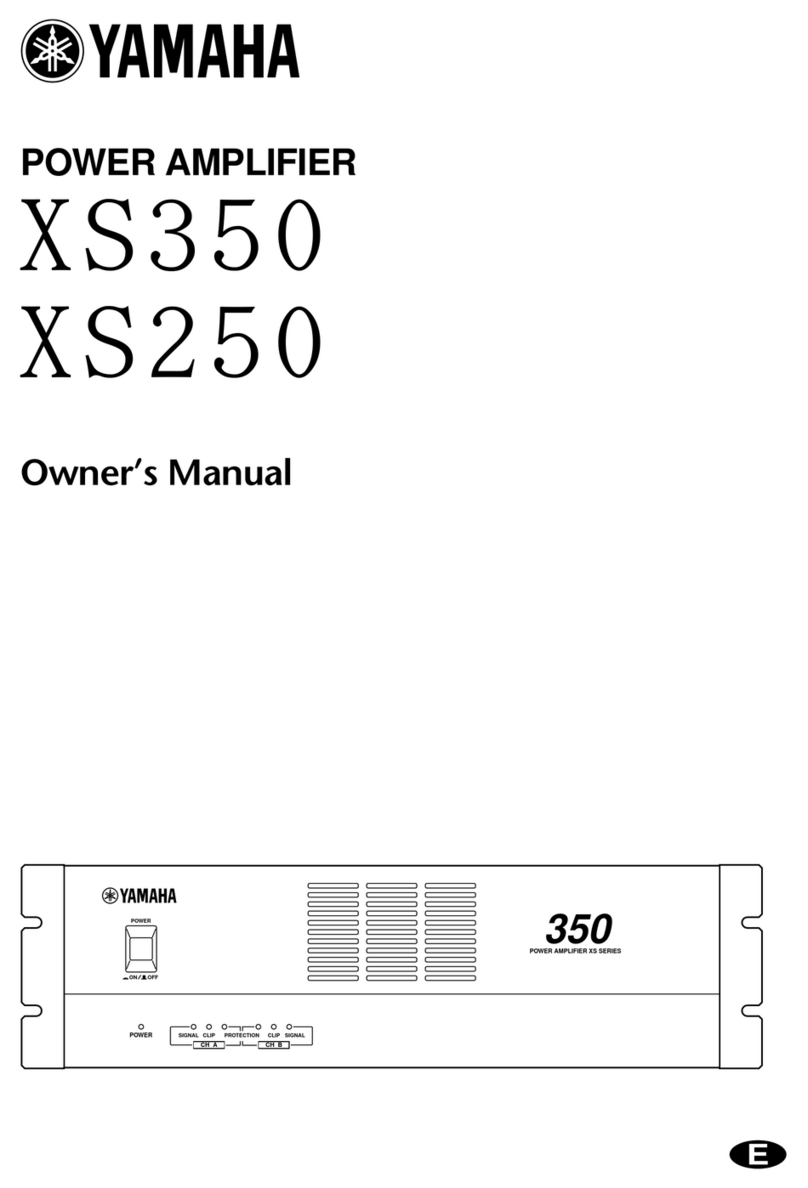
Yamaha
Yamaha XS250 User manual

Yamaha
Yamaha P3500 User manual

Yamaha
Yamaha P2700 User manual
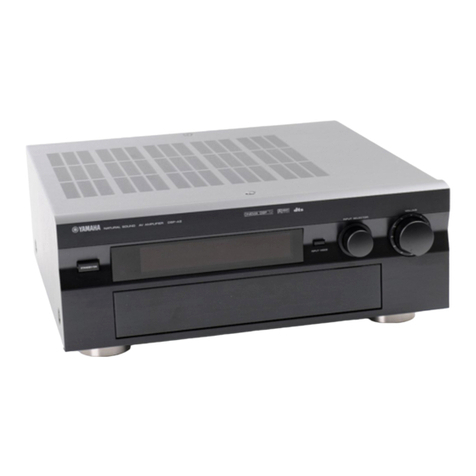
Yamaha
Yamaha DSP-A2 User manual

Yamaha
Yamaha P5000S - Amplifier User manual
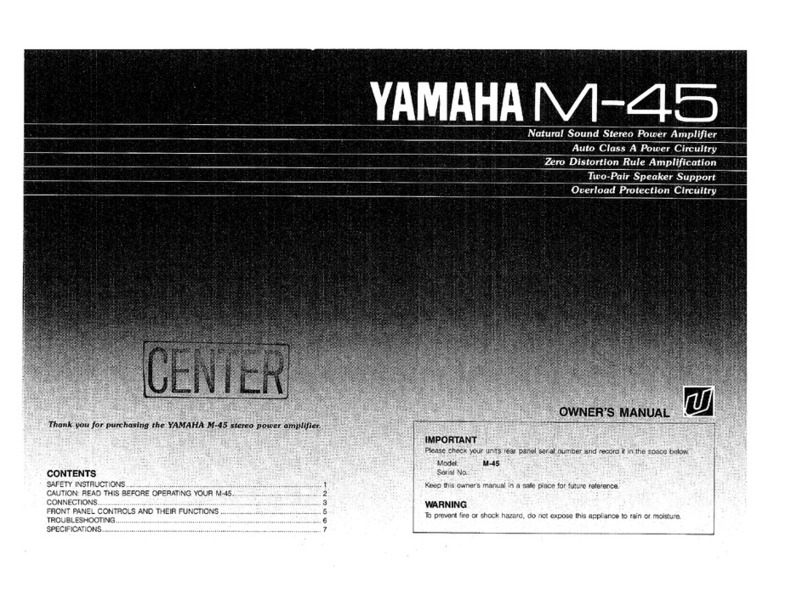
Yamaha
Yamaha M-45 User manual
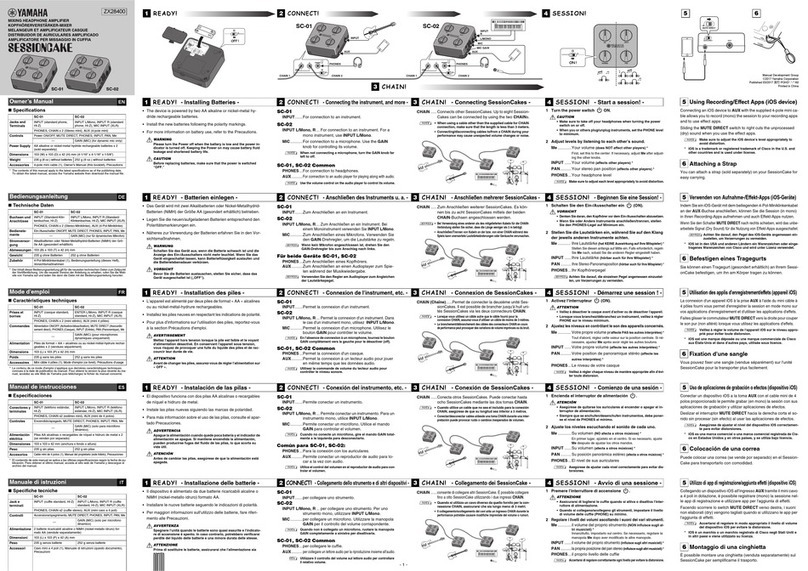
Yamaha
Yamaha Sessioncake SC-01 User manual
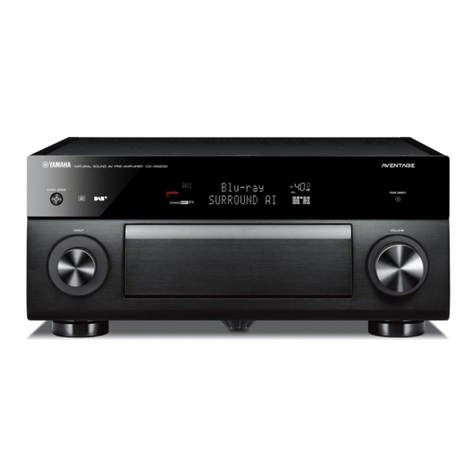
Yamaha
Yamaha CX-A5200 User manual

Yamaha
Yamaha CA-600 User manual
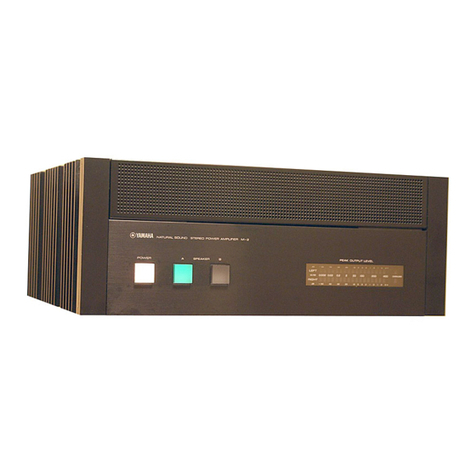
Yamaha
Yamaha M-2 User manual

Yamaha
Yamaha A100 User manual

Yamaha
Yamaha MX-70 User manual

Yamaha
Yamaha CX-830RS User manual
